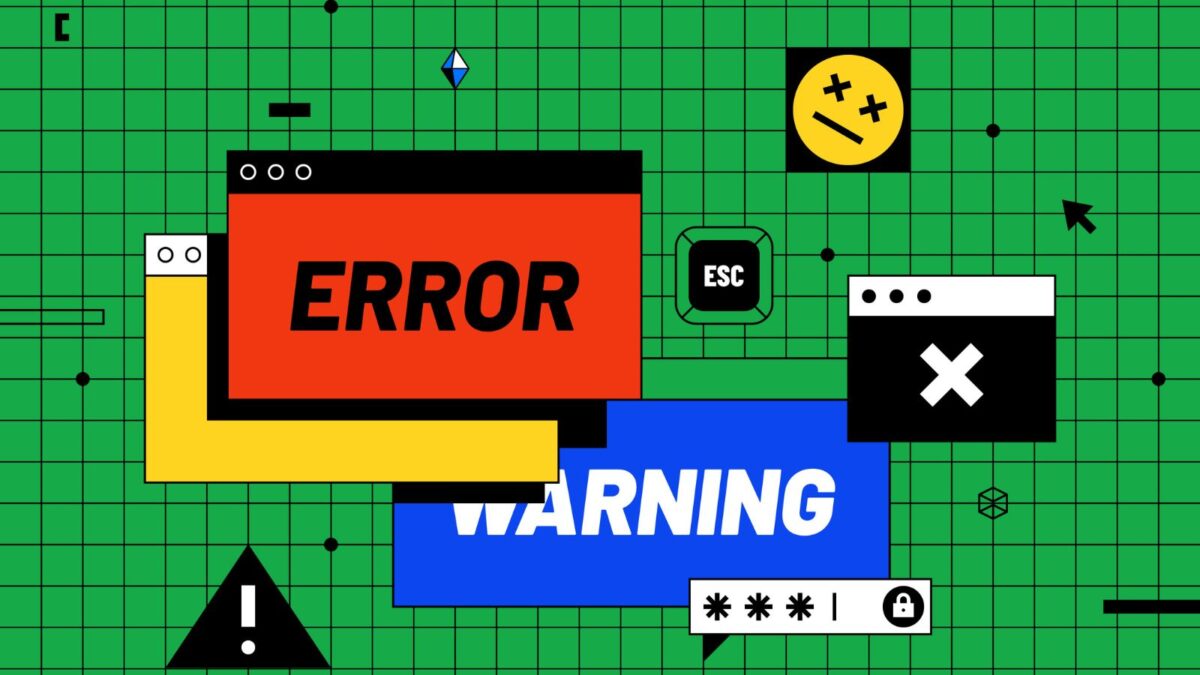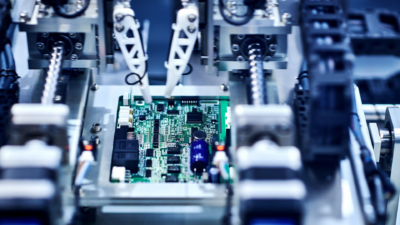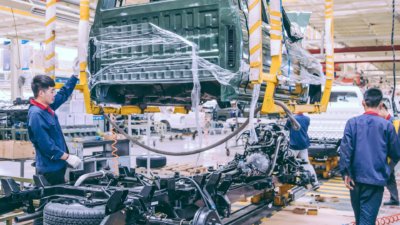‘Significant investment’ needed to soothe super’s admin growing pains
Operational infrastructure across much of the superannuation system “may be substandard”, according to a new paper from the Conexus Institute, including the core IT systems, processes and staffing key to member administration and support.
The potential problems are high impact and low visibility; they stem from the fact that many super funds are still using the systems they grew up with, or a patchwork of different systems accumulated over the course of multiple mergers, in the midst of a rapid transition from “something of a cottage industry” to a major financial sector. And David Bell and Geoff Warren, the paper’s authors, “strongly suspect” that funds need to undertake significant investment in system upgrades to support the organisations they’ve become.
“In particular, super funds need to support the development of their retirement income strategies, which requires an increased capacity for personalisation. Investment in systems and the ability to service members with differing needs will incur considerable cost and absorb significant organisational resources including management time,” the paper says. “We sense that the super sector is embarking on a long journey to upgrade its operational infrastructure in the area of member support, with many super funds lagging.”
As Bell and Warren note, the sophisticated systems available from external providers
The impacts of operational infrastructure failures are wide-ranging, and various incidents – including Cbus’ administration failures, a system outage at ART and a cyber-attack against NGS – “raise question marks” over the state of member administration and the presence of system vulnerabilities.
“While each incident in itself does not indicate a systemic issue, together they sum to a body of circumstantial evidence that many super funds are struggling with their operational infrastructure,” the report says. “… None of the observed events involving system failures or poor member servicing have yet led to widespread losses across many members, although some individuals have undoubtedly been badly affected.
“Any adverse impacts need not remain so localised going forward. However, the exact potential for significant problems across a broad front is hard to gauge when looking from the outside.”
The risks associated with economic and market exposure are also “underappreciated”, according to Bell and Warren, because the experience of most managers in the past 40 or so years has been mostly of markets rising. Bubbles have burst in the past, and if they did, it’s important to remember that members aren’t just exposed through their superannuation.
“Concern over potential wealth loss through super is exacerbated by the fact that most super fund members are personally exposed to the economy through other channels such their jobs or investments outside super (including housing),” the report says. “A major problem in the broader economy could thus adversely impact super fund members through a variety of channels. The implication is that the super industry is effectively doubling down on behalf of members on the continuation of prosperity, especially within the Australian economy.
But big super is an overall boon for financial system stability, the report says, with funds ensuring the existence of a significant pool of retirement savings that wouldn’t exist otherwise and rounding out sources of finance within the Australian economy in ways that banks and direct investment by private investors might not.
The benefits are best appreciated by considering a world without them; in that world, Australians under-save for retirement, make poor decisions when they do attempt to invest for themselves, and wear the higher fees and agency risk of investing via commercial operators rather than fiduciaries. For Bell, the key takeaway from the paper is one word: vigilance.
“You do a paper like this assuming that every agent of the system does their part well,” Bell tells ISN. “The weakness in our assumption that is not everybody executes to the best of their ability. And this is a dynamic system – new risks pop up and we all have to work hard to identify them early.”











